The wonky urban planning acronym “TOD” has been flowing across an uncannily wide spectrum of local interwebs as of late. The debate over sister TOD bills HB1490 and SB5687 has percolated up from the lowliest of blogs to grace the pages of the esteemed Crosscut, and has even felt the love from the PI’s star opinion maker. Sally Clark’s public workshop on the legislation got play-by-play coverage from both Publicola and SLOG. There appears to be a frightening number of wonks in this town.
Through all the buzz over the past several weeks it’s clear that the most sensitive cultural nerve struck by the proposed TOD bills is a distrust of top-down, so-called “one-size-fits-all” planning. In short, Americans don’t like being told what to do. And urban planning in particular has a stained reputation stretching back nearly half a century to the heyday of urban renewal—top-down planning in the extreme that for the most part failed miserably.
But all in all, I can only infer that most of the bristling over the proposed TOD legislation is knee jerk reaction driven by inflexible ideology, combined with a myopic underestimation of the crisis we face.
Here’s why:
Density
So far, most of the controversy has swirled around the density stipulations in the proposed legislation. Yes, an allowed density threshold may be one-size, but it’s a size that’s easy for almost anyone to fit into. Zoning that allows an average of 50 dwelling units per net acre is completely in line with Seattle’s concept of an urban village, and from the perspective of cities worldwide, it is remarkable only in that it is so modest a level of density.
Furthermore, the proposal would require only that the average over the entire half-mile radius area meets the threshold. Local communities would have full control over how the zoning is arranged and divvied up through the the station area.
And furthermore, the density threshold is a minimum only, and as such is inherently not one-size-fits-all, because many station areas will no doubt choose to allow even higher densities (see for example plans for the Bel-Red corridor in Bellevue, with proposals for zoning that would allow building heights up to 150 feet).
The fundamental purpose of an allowable density threshold is to make sure that government regulations do not prevent people who want to live near high capacity transit stations from doing so. Framing the issue in this way underscores the shallowness of the “top-down” objection.
Parking
The bill as originally proposed mandated that parking minimums cannot be required in station areas—it would not ban parking, as some misinformed detractors believe. In other words, the bill would limit government regulation, and allow individuals to decide for themselves whether or not they wanted to build parking. One might expect that the folks who are wary of the nanny state would be on board with this sort of deregulation, but apparently since it would be coming down from the State level, that makes it unacceptable.
Crime
Because the TOD bill would enable higher density development, it is a top-down mandate for more crime! Now, that would be a powerful criticism but for the fact that it’s based on nonsense. There is no causal relationship between density and crime rates. And in fact, it is the deserted streets and neighborhood centers that tend to become havens for street crime. When more people are out and about in the neighborhood doing legitimate, everyday things, the whole neighborhood becomes safer for everyone—“eyes on the street,” as Jane Jacobs famously called it. And more density means more eyes. Will this country ever get over it’s anti-urban bias?
Housing Affordability
One thing we know for sure is that housing prices in the new station areas are destined to rise faster than the city average if we do nothing in the way of new regulation, and let the market take its course. In contrast, the proposed TOD legislation would reduce upward pressure on housing prices for two reasons: (1) simple supply and demand, and (2) the bill requires affordable housing in new development.
Some folks never seem to tire of making the inane claim that building dense multifamily housing makes single-family housing less attainable for families. The reality is that the supply created by new multifamily housing lowers demand, and thus helps drive prices down and increase availability for all housing, including single-family. And this effect more than offsets any single family housing that might be lost to multifamily redevelopment.
Restricting housing options to single-family virtually guarantees expensive homes that will be unaffordable to all but the most wealthy of families. It would not be the end of the world if some single family zones in the station areas had to be upzoned to meet the density threshold, and the truth is, such upzones would be effective policy for promoting both housing affordability and sustainability.
Regarding reason #2, it couldn’t be any simpler: Redevelopment is going to happen regardless, but the only way it will include a significant number of affordable units is if it’s mandated by legislation. Will local governments step up? Who knows, but right now the State has an unprecedented affordable housing offer on the table.
Here again, one might expect widespread support from the general Seattle populace for a bill that would help ameliorate the City’s affordable housing quandary. Unfortunately, for many it appears that close-minded bias against the means (i.e. legislation that would encourage higher-density multifamily housing), takes precedence over the achievement of otherwise desired ends.
What’s At Stake
The official name of HB1490 and SB5687 is this: “Reducing greenhouse gas emissions through land use and transportation requirements.” That is to say, the legislation’s reason for being is the desire of the citizens of Washington State—as expressed through their elected representatives—to address climate change.
But in much of the debate I’ve witnessed, the massively important primary goal of the proposed legislation gets lost in the noise. The discussion invariably devolves into gripe fests over how the bill may or may not satisfy the unique interests of each and every person who may or may not be affected, or how such a bill must be the work of Satan himself because the sponsors didn’t hold years of stakeholder meetings and obtain a signed permission slip from every neighborhood resident in advance. It’s as if people believe that the legislation was proposed for the sole purpose of pissing them off. And through all the complaining, nary a word do we hear about an alternative, realistic proposal for dealing with climate change.
Responding effectively to the threat of climate change will not be painless, and the pain will not be distributed perfectly evenly. That is the reality of solving a crisis. Yes, redevelopment around station areas will cause some displacement. But this is not an intractable problem—the solution is policy that fairly, or better yet overly compensates those displaced.
The situation on the ground increasingly demands that leaders take quick and decisive action. Unfortunately, it’s getting to the point where we no longer have the luxury of copious time for drawn out, all-inclusive decision-making processes. That is another reality of solving a crisis.
When the ozone hole was expanding in the 1980s, few expected the federal government to bend over backwards trying to get buy-in from any and all parties who may have been negatively impacted by a ban on CFCs. We knew what we had to do and we knew we had to do fast. And the same is true now for climate change.
Land use patterns have multi-faceted, systemic, and persistent impacts on greenhouse gas emissions. New buildings and infrastructure stay around for 50 to 100 years or more, which makes it all the more critical to immediately stop creating low-density, car-oriented built environments, especially in areas that are served by high-capacity transit. But here’s the thing: An allowed density threshold would not mandate this needed change in land use patterns: it would only insure that regulations do not prevent it. The proposed TOD bill would not force anyone to do anything. No developer is going to pursue a dense multifamily housing project in a station area if nobody wants to live in such housing.
The proposed legislation is simply an attempt to establish an urgently needed but relatively modest baseline for sustainable land use patterns in station areas. That it has received such an antagonistic reception in what is supposedly one of the most progressive cities in the country is a stark indication of how far attitudes have yet to shift before climate change will arouse a response commensurate with the threat.









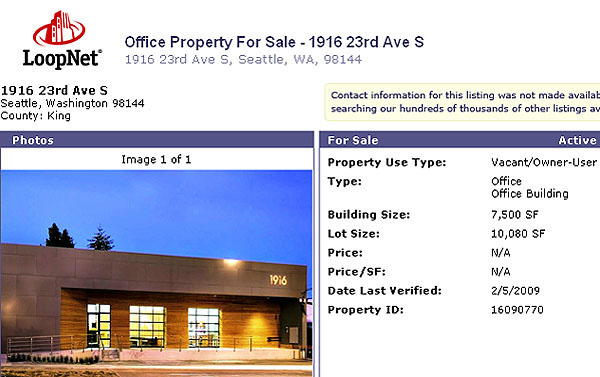
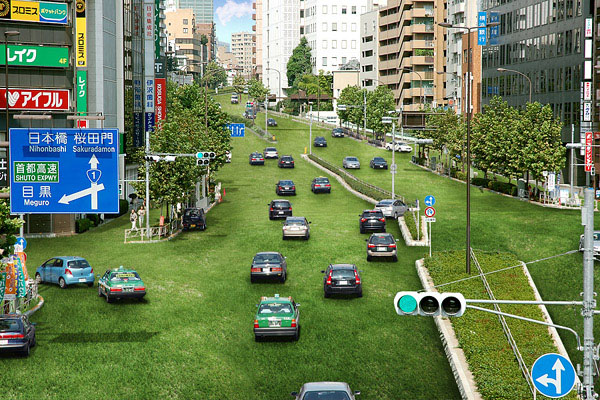

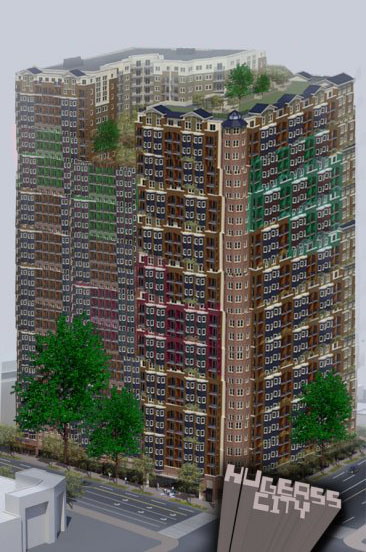


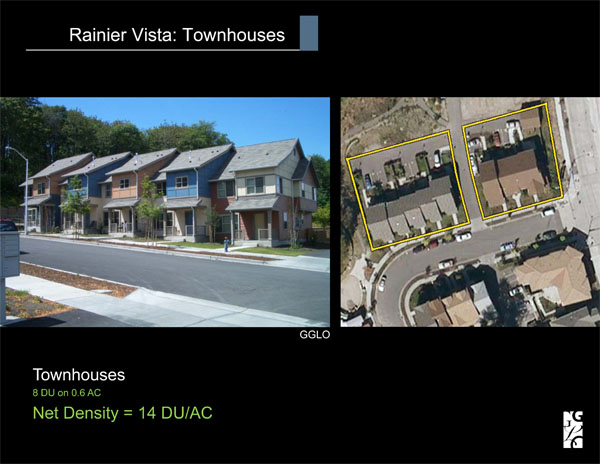



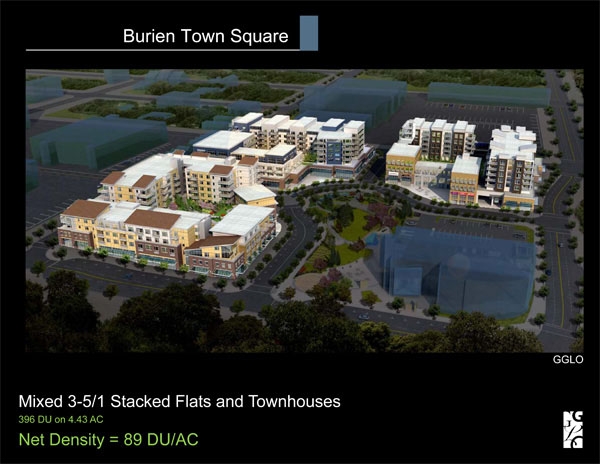
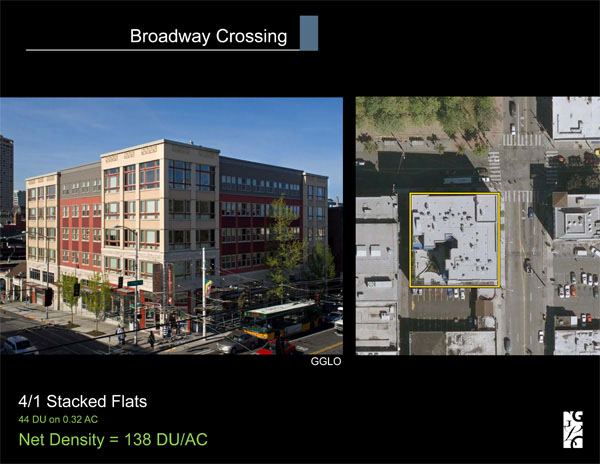
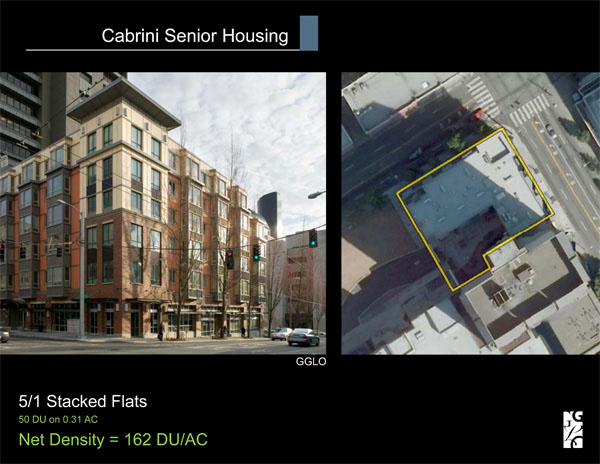
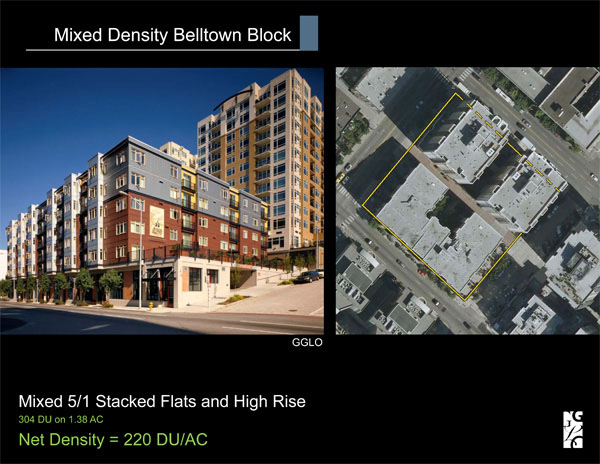
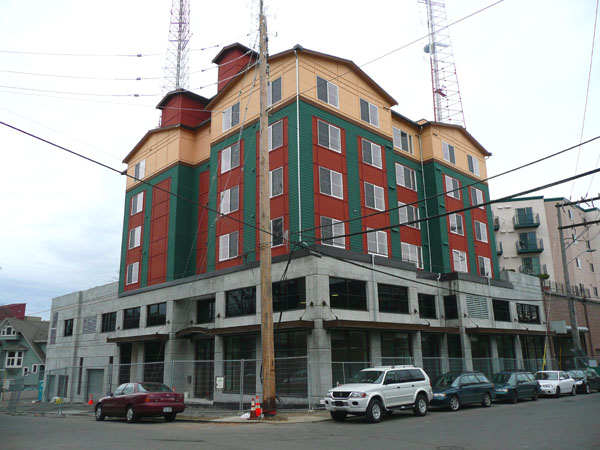
 Â
Â